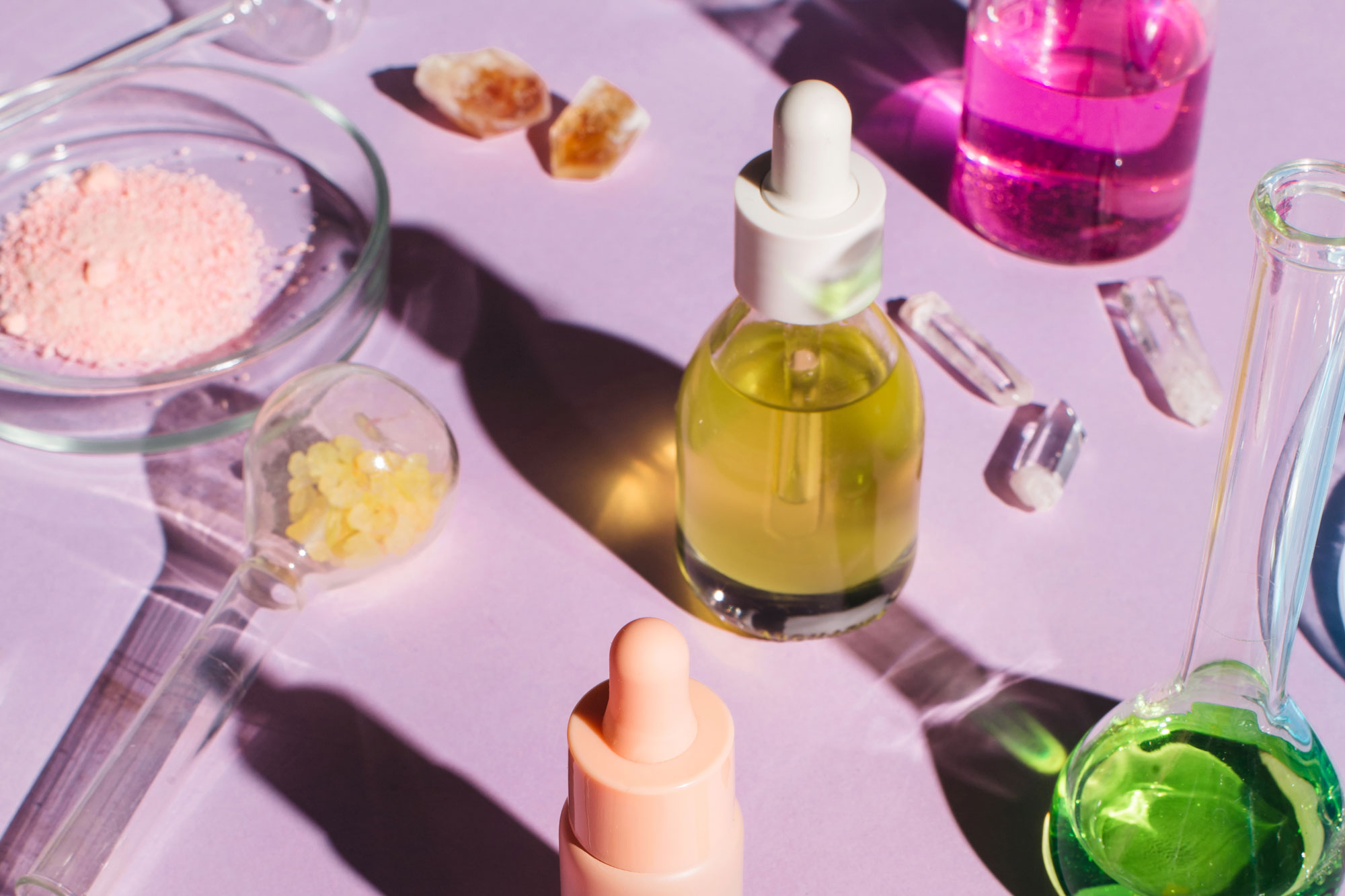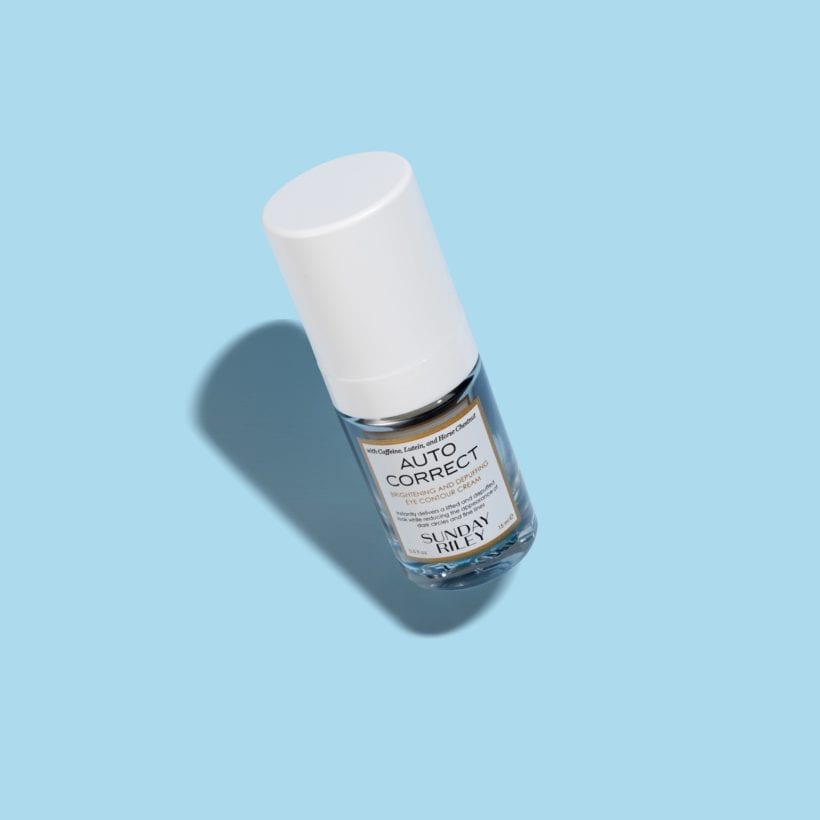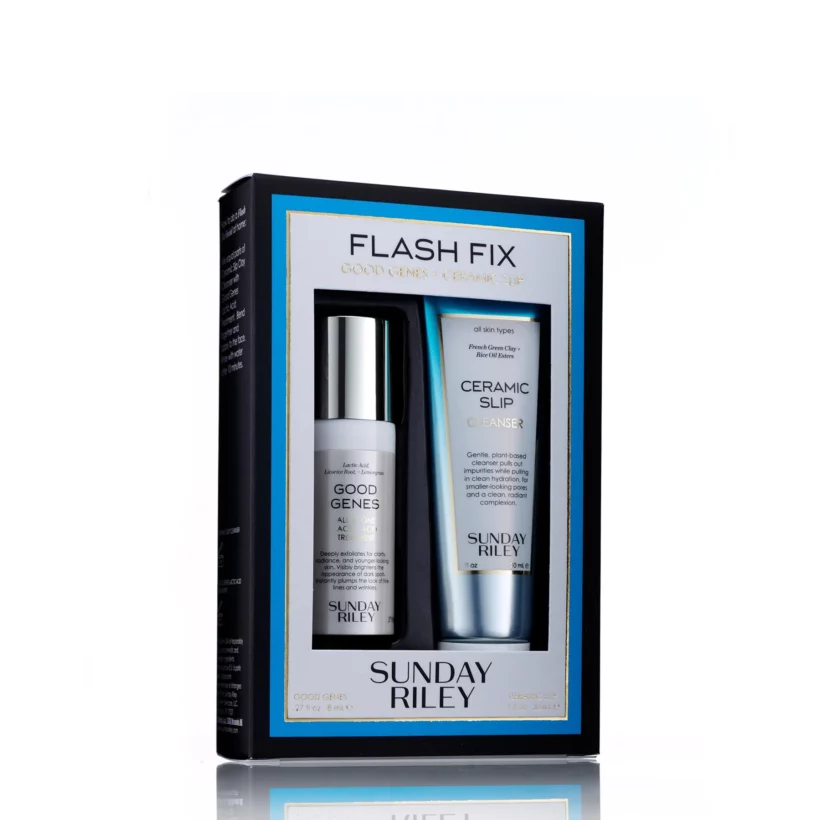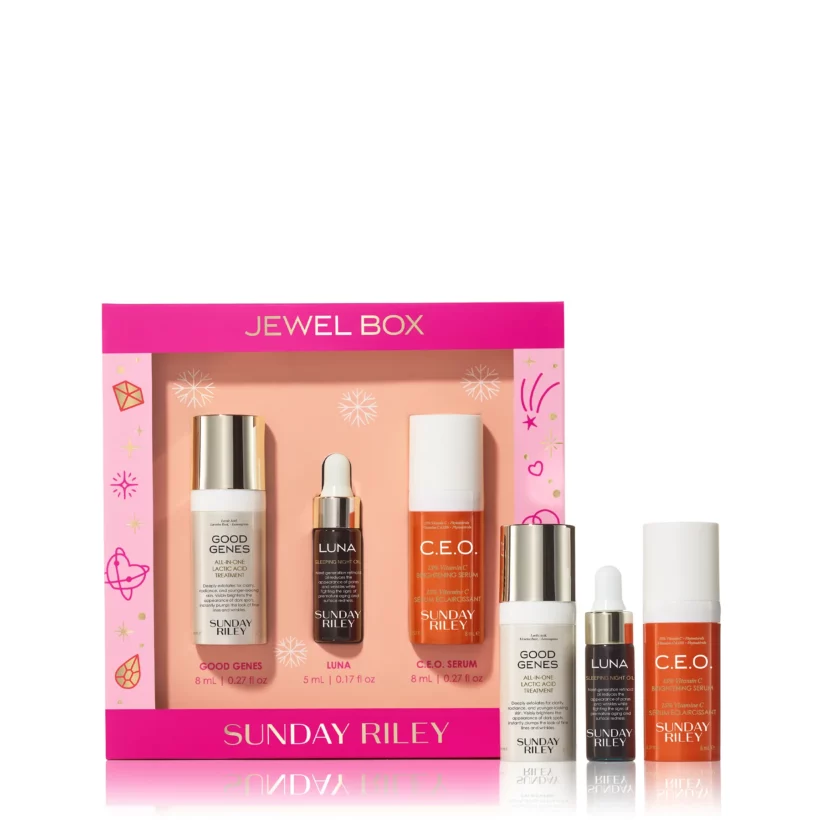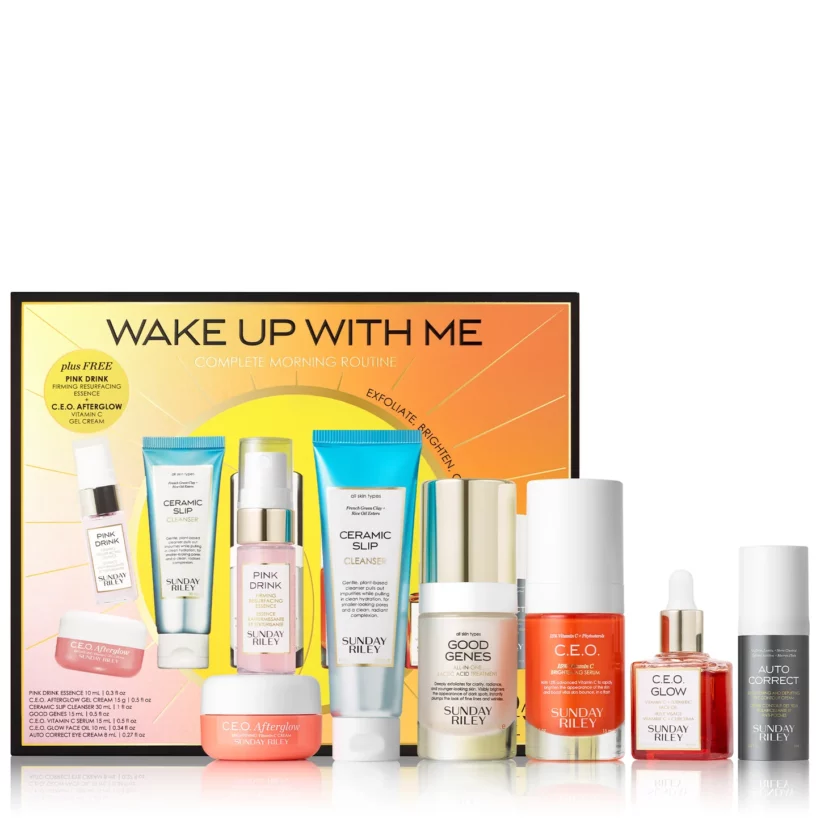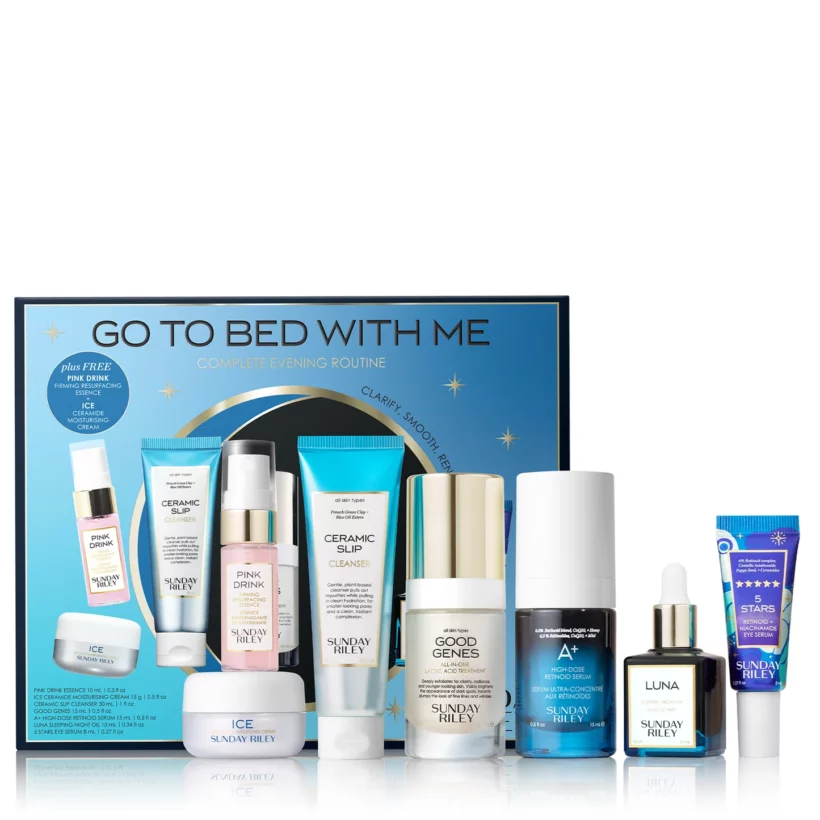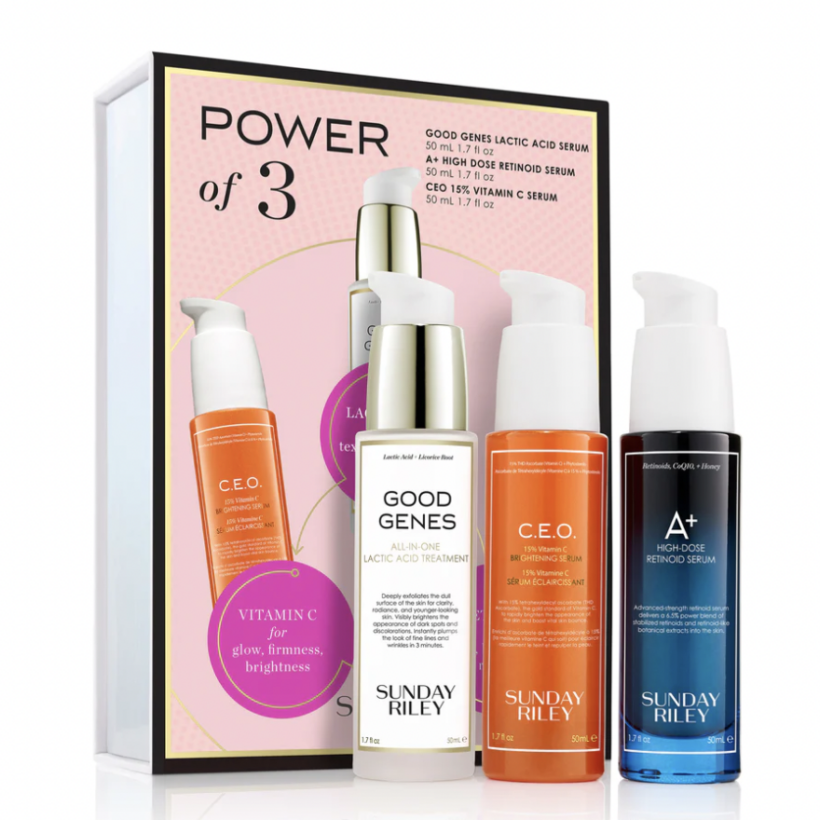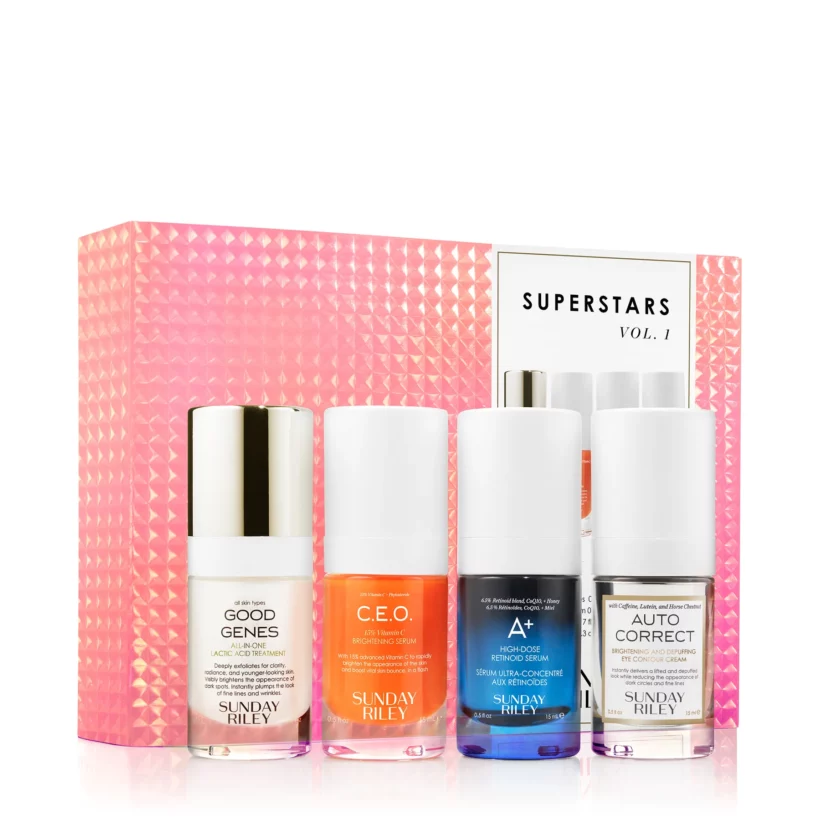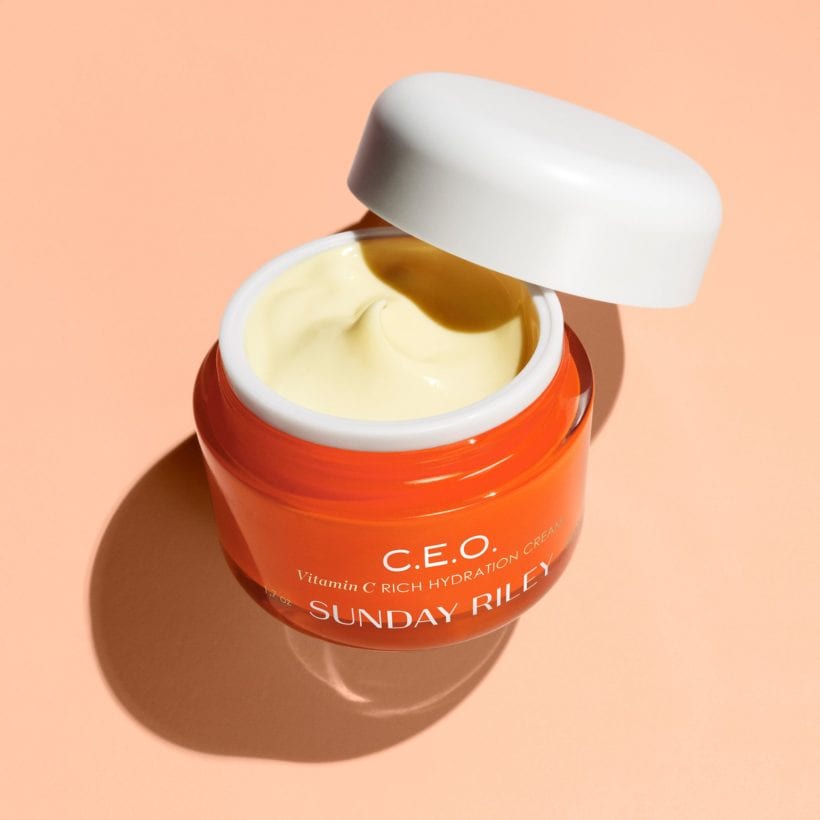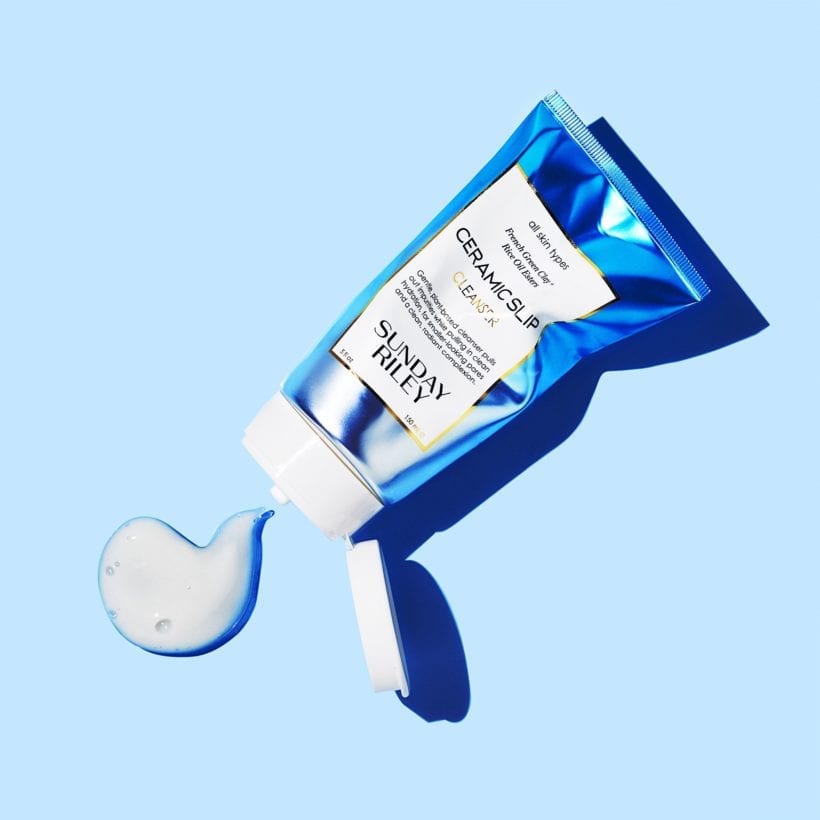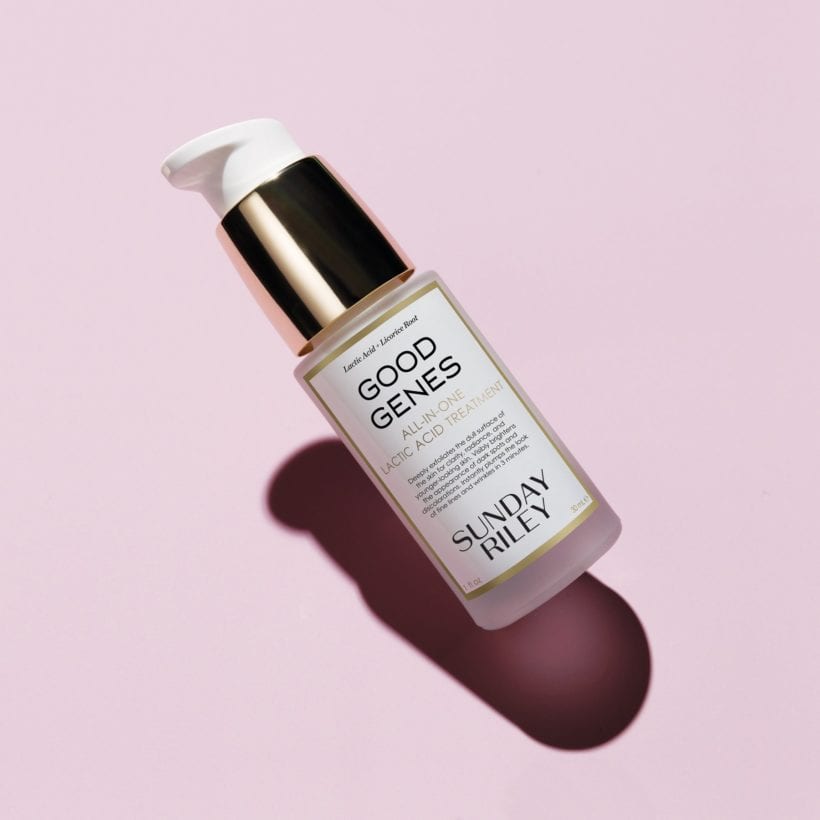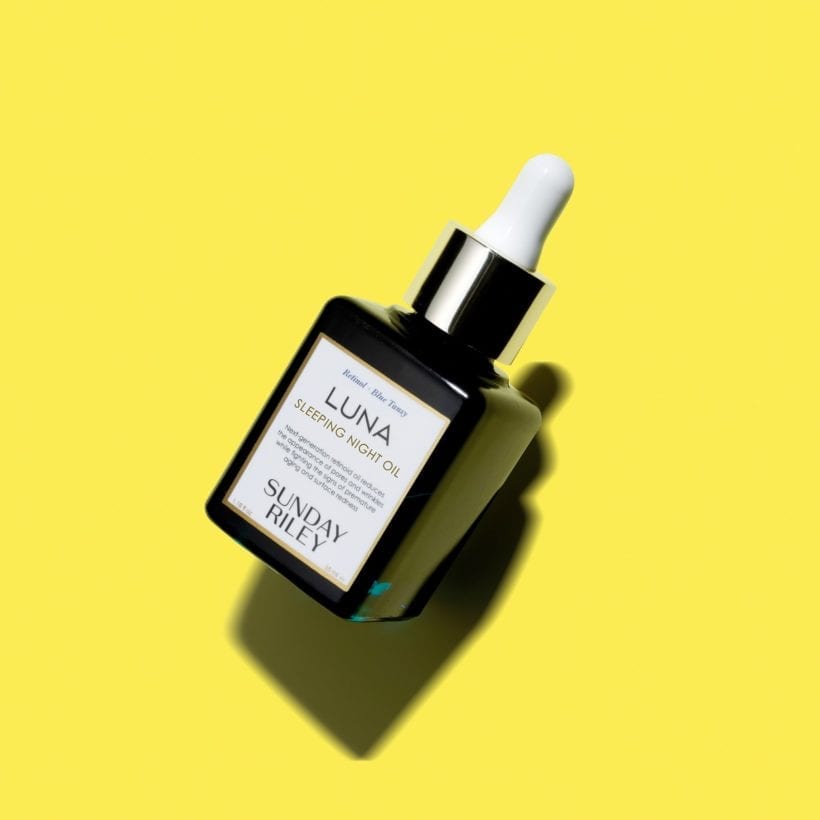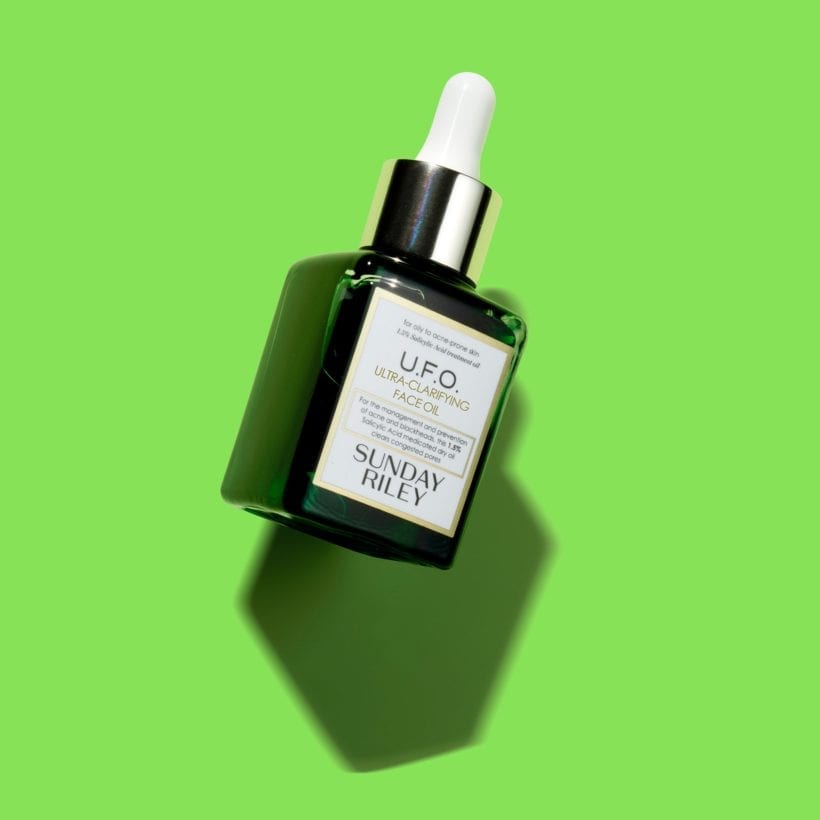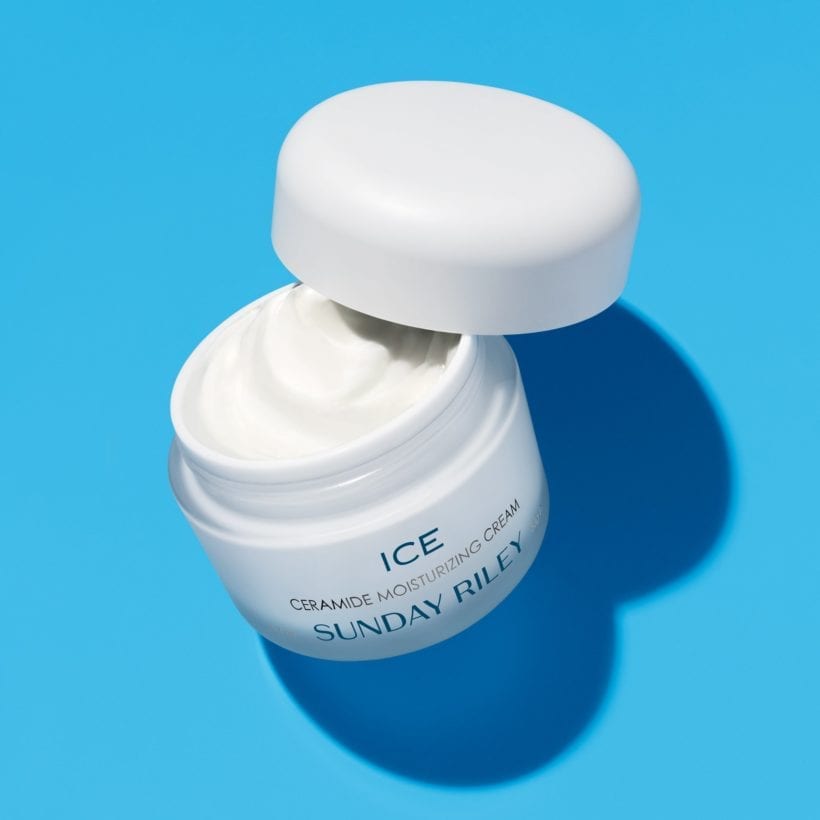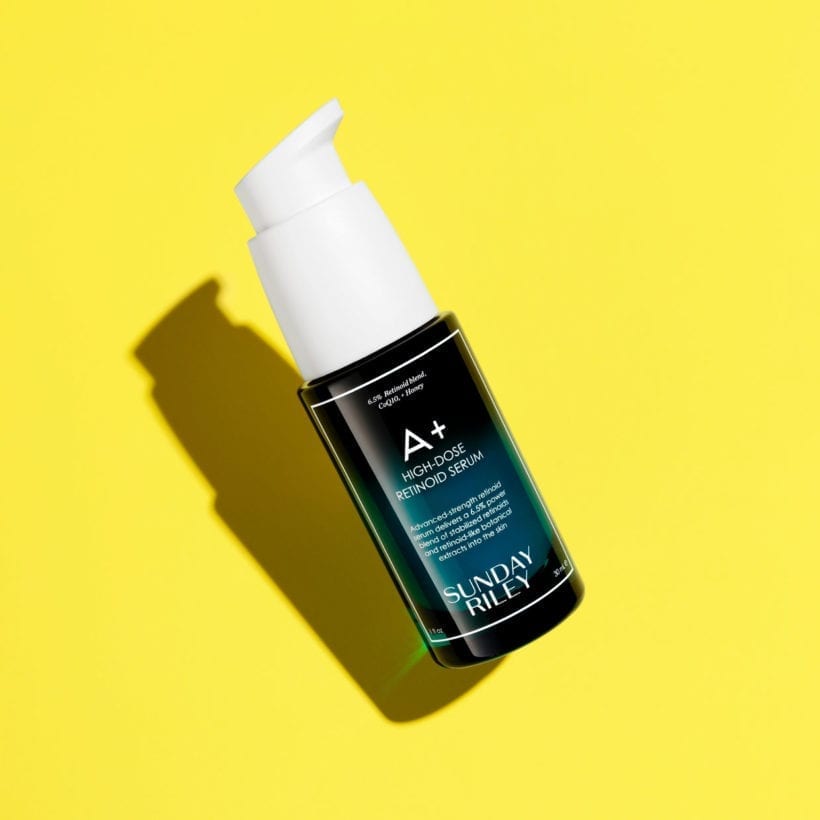Just when you think you’ve gotten your skincare routine down pat, a new “it” ingredient pops up seemingly out of nowhere and makes you question whether or not your well-established regimen could use a makeover or two. While there are, and always will be, mainstay skincare ingredients, such as sunscreen, vitamin C, retinol, and hyaluronic acid, there will also always be “new kids on the block,” so to speak.
You might initially worry about the effectiveness or safety of these new ingredients, but rest assured that they are usually well researched and developed before hitting store shelves. “For an ingredient to be developed and marketed for skin care, it has proven to help in either reducing oxidative stress or beneficial for new collagen formation,” explains Elaine Kung, M.D. “Therefore, it takes many years of laboratory and then clinical research before an ingredient becomes mainstream.”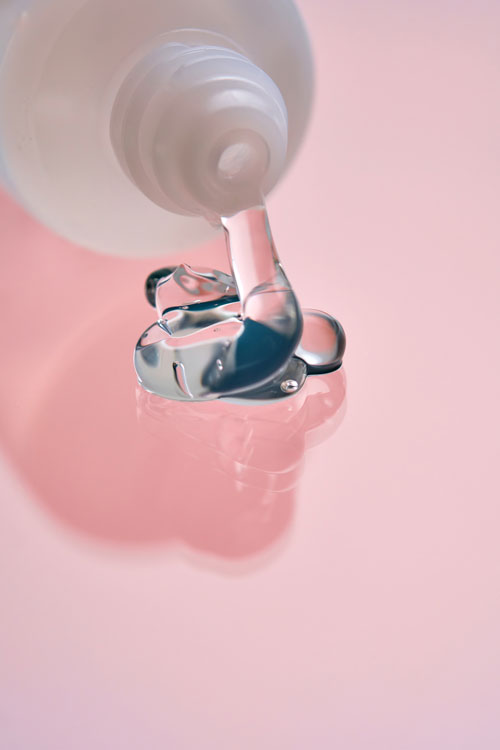
It’s also worth mentioning that, while some of these ingredients are newly discovered in their entirety, others are sort of revived. A good example of this would be the TikTok trend slugging, the concept of slathering your face with petroleum jelly overnight to achieve optimal hydration. “For most of the 20th century, it was highly recommended to use petroleum jelly every night, but, over time, it slowly faded out of fashion, and just five years ago, people were very against any kind of petroleum jelly as a cosmetic,” says Nadir Qazi, D.O. “Now people are putting it on their skin every night and it’s a good thing because it’s a low-cost, excellent solution to moisturize the skin.”
While it’s safe to say that you can trust most ingredients you see cropping up all over the products on your store shelves, it’s always a good idea to check with your dermatologist to see if a new product or trend might work for your skin. To get you started, we reached out to skin pros to find out which new skincare ingredients are worth trying.
Meet the Experts
Elaine Kung, M.D. is a New York City-based cosmetic dermatologist.
Dendy Engelman, M.D. is a cosmetic dermatologist and Mohs surgeon at the Shafer Clinic in New York City
Nadir Qazi, D.O. is a cosmetic dermatologist in Irvine, California.
Lutein
If lutein sounds familiar already, it’s possible you consumed it naturally on a regular basis in nutrient-rich foods like squash, kiwi, spinach, kale, and zuchinni. It’s known to give these fruits and veggies their gorgeous hue and boasts anti-inflammatory properties. In the skincare world, it’s a bit more under the radar, but we’ve been using the superstar ingredient in many of our products including Sunday Riley C.E.O. Afterglow Brightening Vitamin C Gel Cream (lutein gives it an antioxidant boost), Sunday Riley Light Hearted Broad Spectrum SPF 30 (where lutein defends skin from blue light), and Sunday Riley Auto Correct Brightening and Depuffing Eye Contour Cream (where lutein gives that eye area a radiant glow).
Bakuchiol
You’ve probably heard as this referred to as the “natural retinol.” Bakuchiol is not retinol in any shape or form, but it does have retinol-like properties. It’s a common retinol alternative, especially for those who are pregnant or breastfeeding. It is derived from babchi seeds and acts very similar to retinol on your skin, helping to stimulate collagen production and reduce fine lines and wrinkling, explains Dr. Qazi. It also acts as an exfoliant, increasing cell turnover. The benefit, aside from it being natural, is that it’s gentle and less likely to irritate your skin. He recommends combining bakuchiol with a moisturizer to prevent dryness, just as you would with retinol. If you suffer from sensitive skin or a skin condition, he suggests using it in smaller amounts to protect your skin. “Although it is still beneficial and more gentle than retinol, I would say to avoid it if you use an alpha hydroxy acid in your skincare routine as it can cause a reaction,” he adds.
Squalane
Previously derived from the livers of sharks, today squalane is commonly made from plant sources like olives and sugarcane, making it suitable for vegan and eco-conscious consumers,” says Dendy Engelman, M.D. “It can be used by all skin types to nourish, hydrate and reduce the appearance of fine lines, and can be found in a range of products including serums, oils, moisturizers and cleansers.”
CBD
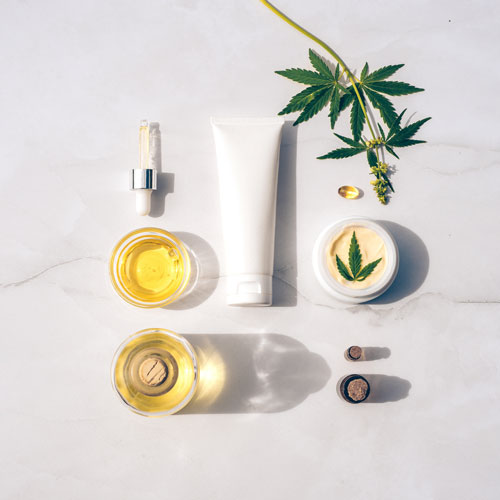
We’ve been keeping our eye out on CBD, also known as cannabidiol, for a while now. But we’d be remiss if we didn’t include it on this list as it has been increasingly used in skincare and cosmetic products of all kinds — everything from skin cleansers and face moisturizers to even hair spray. It’s set to grow as much as 3.07 billion between the years 2020 and 2024, per Technavio. Although this ingredient has been used medicinally for hundreds of years, it’s relatively new to the beauty scene, notes Dr. Engelman. “As an adaptogen and anti-inflammatory ingredient, CBD works to reduce redness, inflammation, and irritation; soothe the skin; and even tend to certain skincare conditions like eczema, making it great for those with a compromised skin barrier,” she adds.
Mushrooms
Though used in ancient medicine for centuries, functional mushrooms have been trending for the last few years and hailed for their myriad wellness and beauty benefits. It was only a matter of time before they found their way into our cosmetics, including serums, moisturizers, peels, oils, cleansers, and more. “Mushrooms like shiitake and reishi provide antioxidant, anti-inflammatory, and protective benefits for all skin types, and are especially beneficial for those suffering from certain inflammatory skin conditions,” says Dr. Engelman.
Mandelic acid
Mandelic acid is one of the newer trending alpha hydroxy acids or AHAs. “It is extracted from bitter almonds so it is more gentle on your skin than other acids and can help speed up cell turnover and eliminate old dead cells,” says Dr. Kung. “That exfoliation process can reduce hyperpigmentation and acne breakouts.” Dr. Kung also points out that mandelic acid has anti-inflammatory properties that can soothe skin and may be especially beneficial for rosacea flare-ups. For this reason, she recommends it for her patients with sensitive skin or those prone to redness.
Tranexamic acid
Sometimes going by the name TXA, this ingredient is manmade and comes from the amino acid, lysine. It’s known to help brighten the skin and help relieve sunlight-induced discoloration. External skin disruptors, such as UV light from the sun or injuries we might sustain, cause our skin cells to become inflamed, explains Dr. Kung. TXA may help reduce all of these processes. “Recent clinical studies show that TXA can improve skin discoloration from photoaging, melasma, hyperpigmentation from acne, and redness with rosacea,” she says. For this reason, TXA has become one of her new favorite ingredients in serums for brighter, more youthful skin.
We only recommend products we have independently researched, tested, and loved. If you purchase a product found through our links, Sunday Edit may earn an affiliate commission.
